Genre: Various, Surrealism
Creators: Atsuko Fukushima, Shōji Kawamori, Shinji Kimura, Yoji Fukuyama, Hideki Futamura, Masaaki Yuasa, Shinichirō Watanabe
Studio: Studio 4°C
Length: 85 minutes
Year: 2007
I think that it’s probably inevitable that if you watch as many films as I do you’ll likely start to get tired of the same old same old. The familiar tropes, the repetitive action scenes and predictable plot twists as start to wear thin after a while. After a while, you start to crave something different. I think this is why so many film geeks and film critics begin to gravitate towards more experimental and surreal films over time. And although anime can fall prey to the fads of mass popularity as easily as any other medium, there are a few productions that satisfy that lust for weirdness, including Genius Party.
Genius Party is a production of Studio 4°C. It’s not a single film but rather an anthology of seven short films, each crafted by a different director with a completely different animation style. In this respect it’s quite similar to another collection of short films I’ve written about before: The Animatrix. In fact, Studio 4°C actually worked on The Animatrix. However, there’s one big difference between that anthology and Genius Party (other than the fact that the former work takes place in an already-existing fictional universe): the Studio gave the directors, writers, and animators complete creative freedom when making Genius Party. This result of this decision are some of the most surreal pieces of cinema I’ve ever seen.
Exactly how surreal the shorts are varies significantly. For example, Shōji Kawamori’s incredibly colorful short Shanghai Dragon is about a young Chinese boy who picks up an alien artifact which crashes to Earth which can bring to life anything he draws with it. He then proceeds to use it to, with the help of two members of the galactic police force, to fight off an alien invasion of his home city using the power of his imagination. Yoji Fukuyama’s Doorbell is a horror story about a boy who is either slowing having his life replaced by a doppelganger of himself or who is slowly going completely insane (it is intentionally very ambiguous). And Atsuko Fukushima’s eponymous Genius Party seems to be about the life cycle of a bird-like creature on a planet straight out of Terry Gilliam’s acid-fueled dreams. I says ‘seems to be about’ since that particular short has no dialogue and could just as easily be an allegory for the political situation between Japan and China for all I know. But then on the other hand, the short by Shinichirō Watanabe (who I’ve covered several times before), Baby Blue, is a completely realistic romance story about two teenagers about to move away from each other.
So if you’re a fan of really surreal cinema you’ll love Genius Party. Alternatively, if you just want something really different from mainstream films or anime, than you should give Genius Party a shot. Just whatever you do, don’t watch it on drugs. This movie will do that for you.
This article is part of an ongoing series; recent entries have covered Psycho-Pass and Durarara!! Check back every Wednesday for a new article!
You can watch Genius Party here.
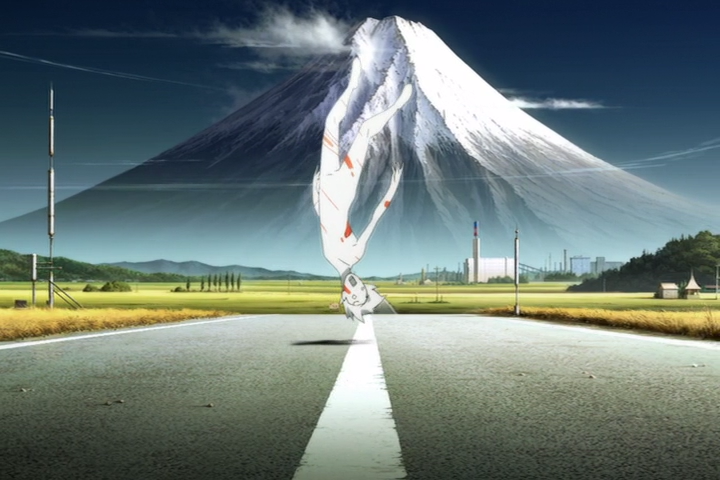
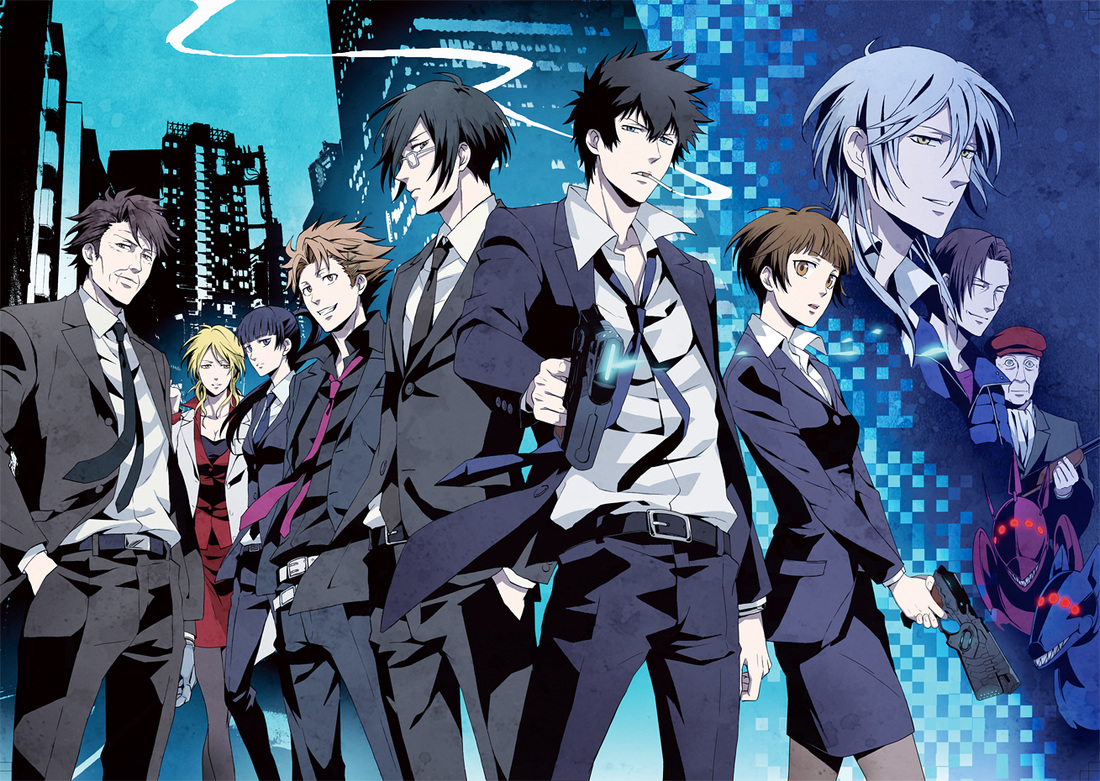
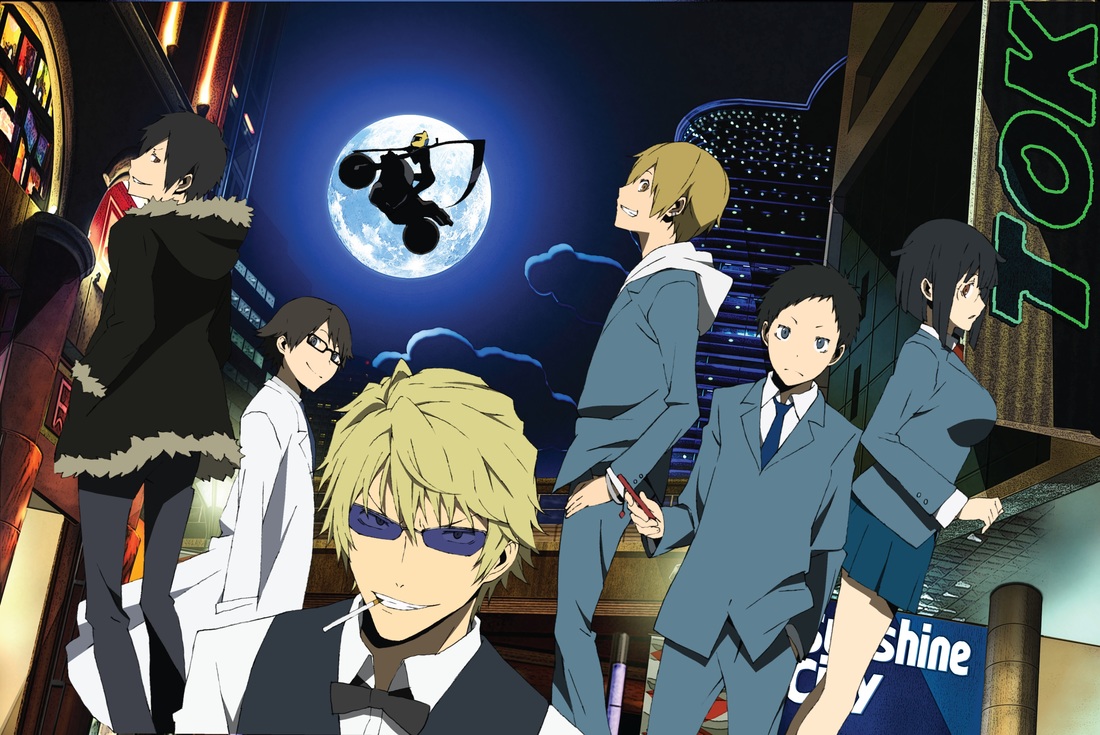
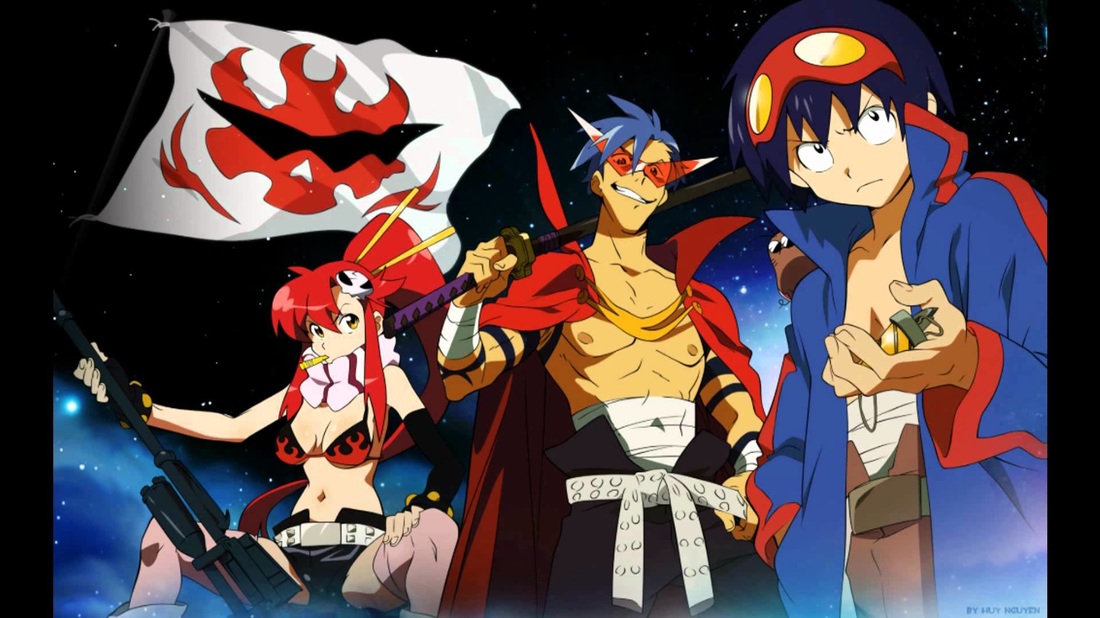
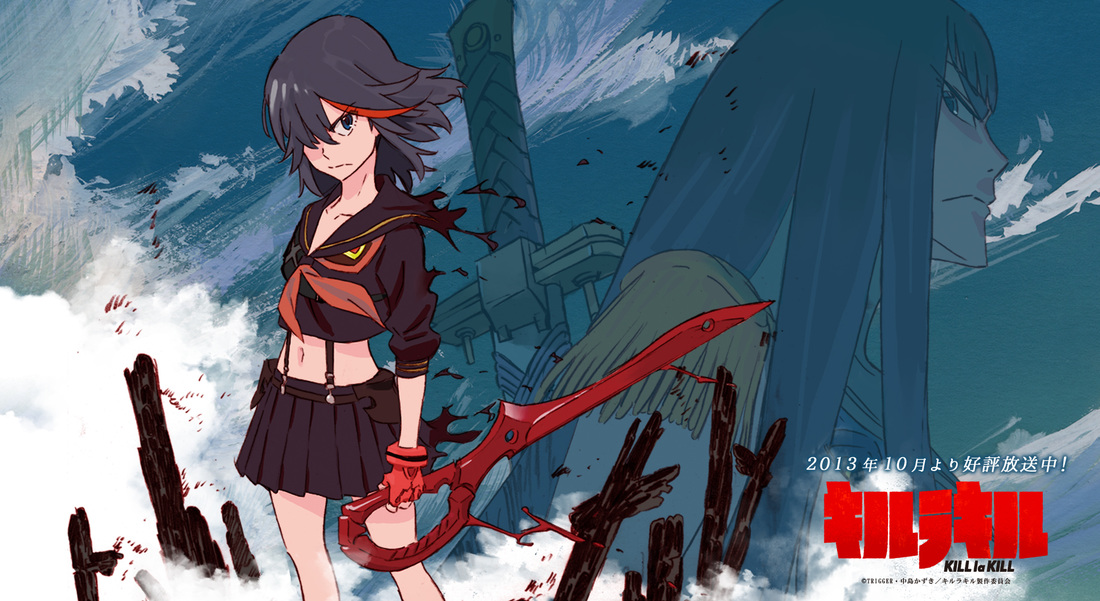
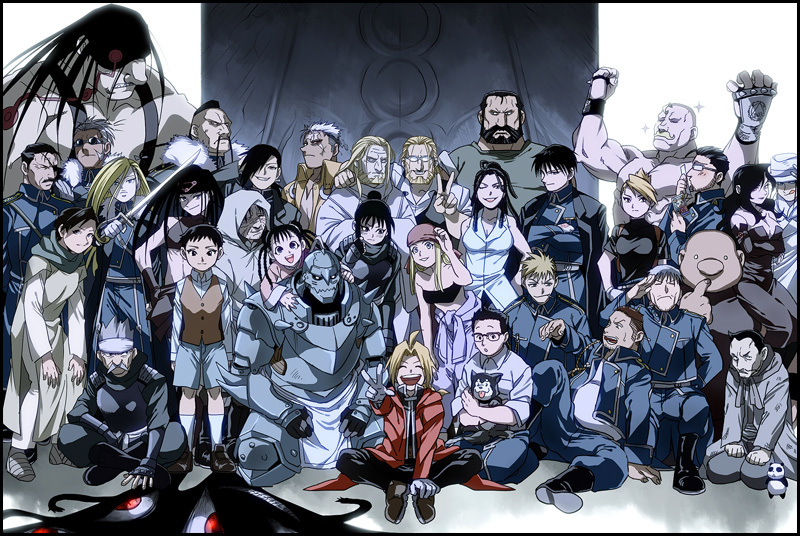
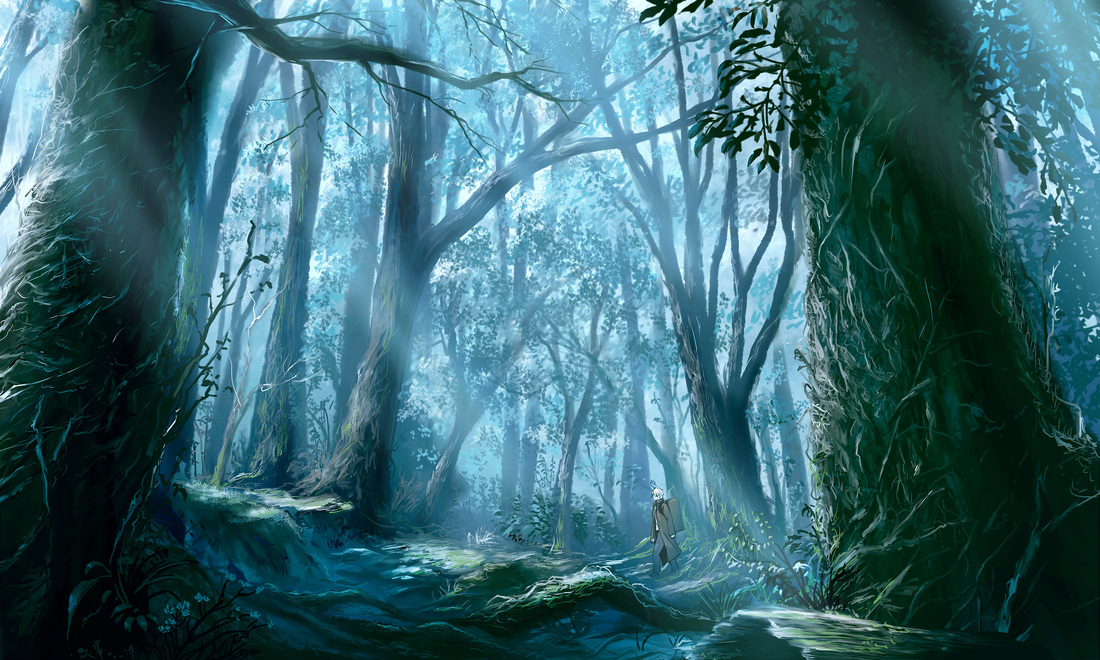
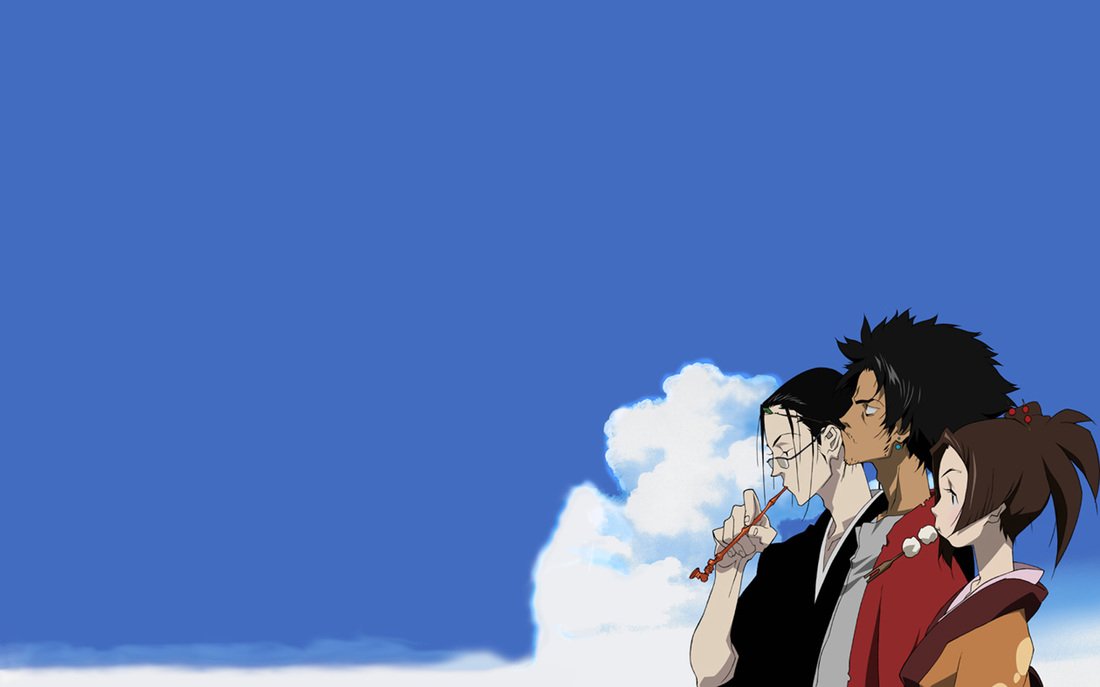
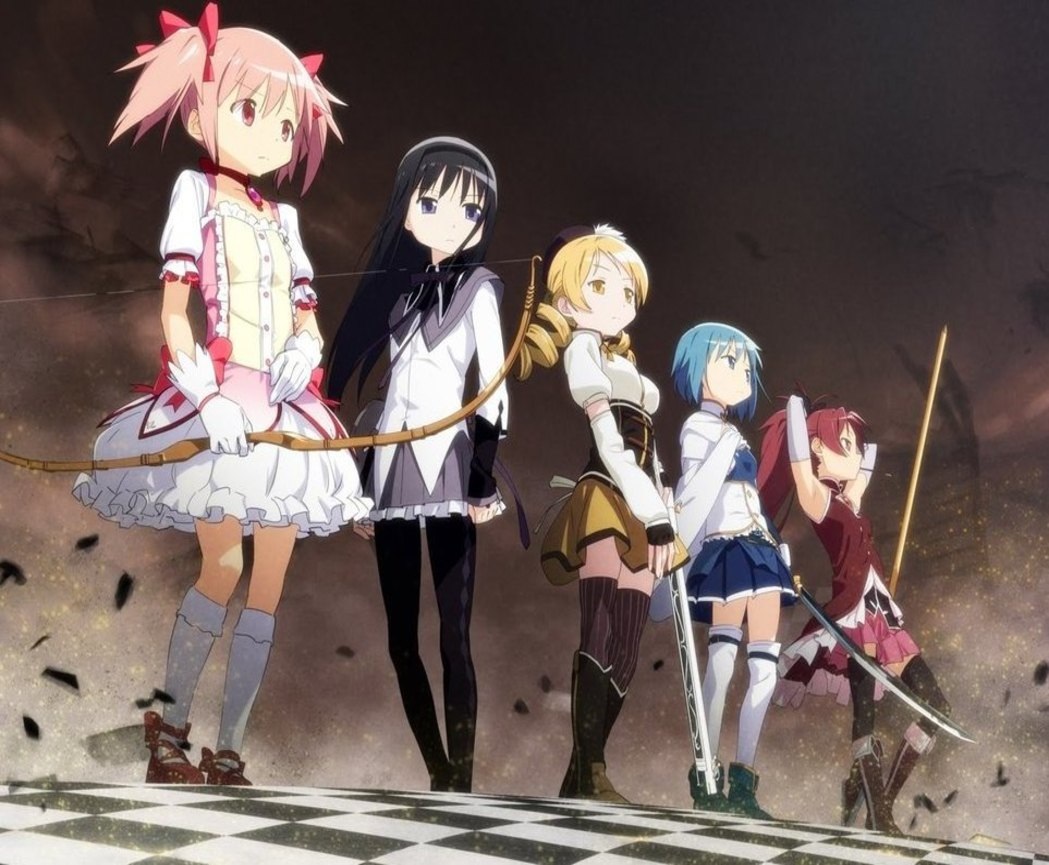
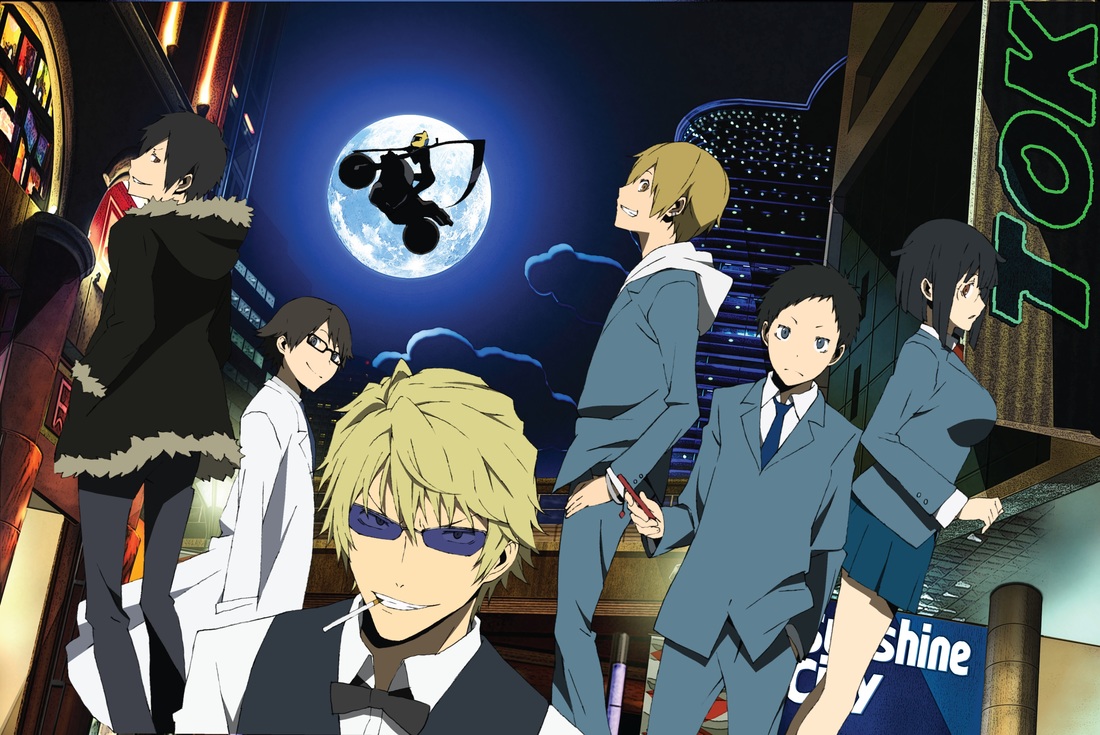
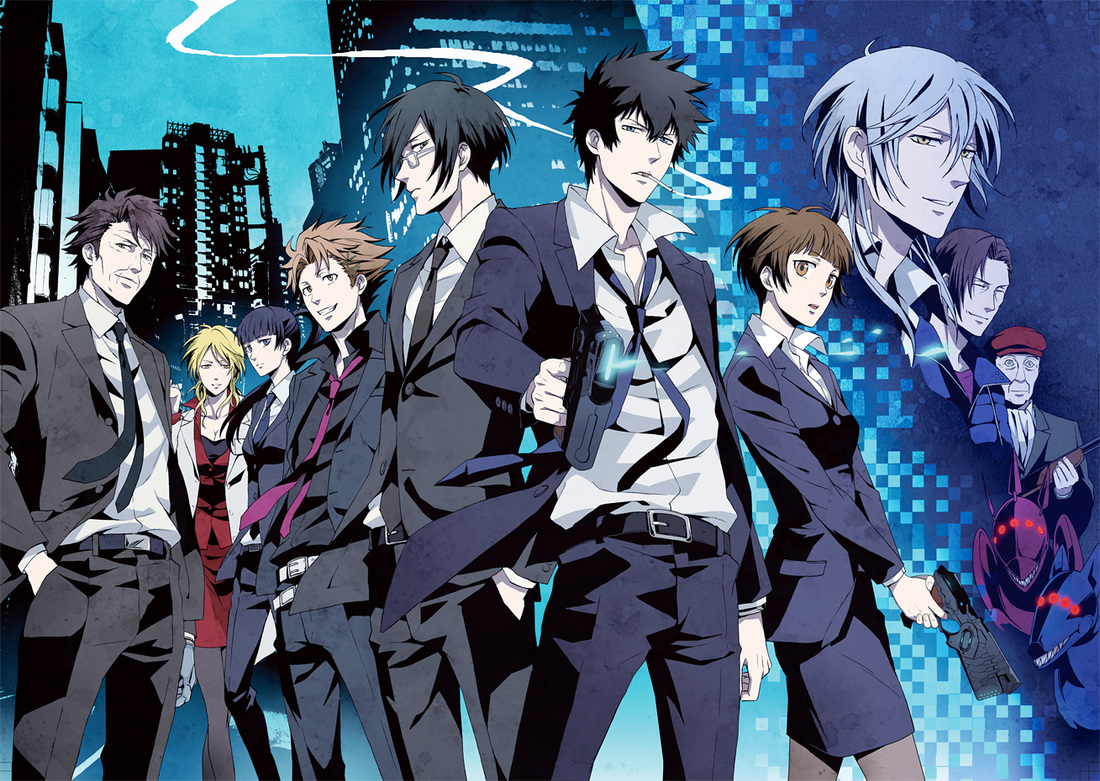
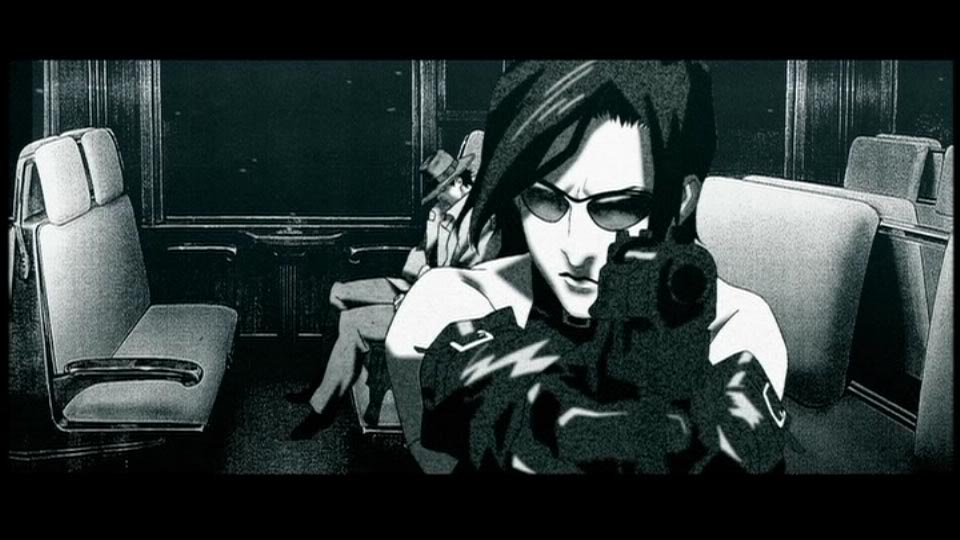
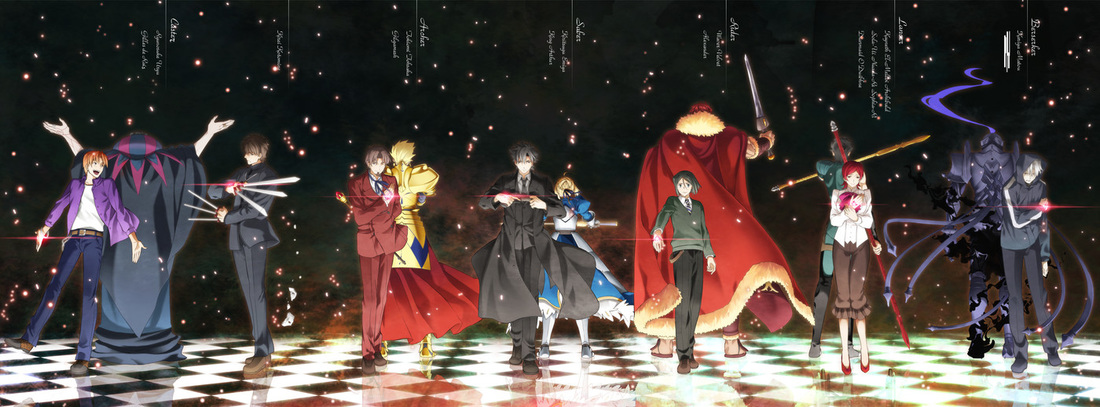
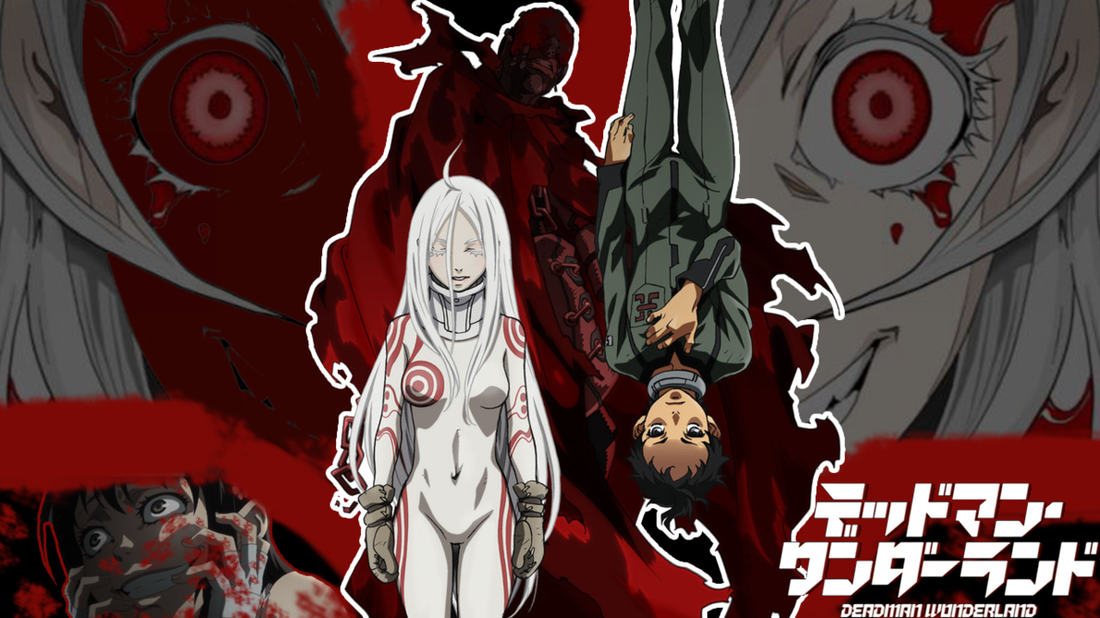
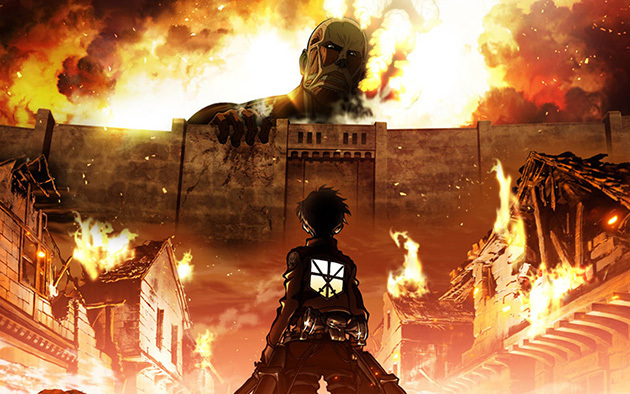
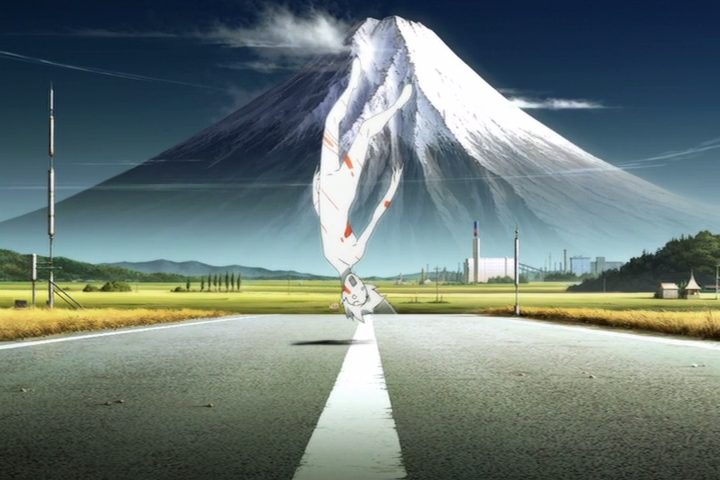
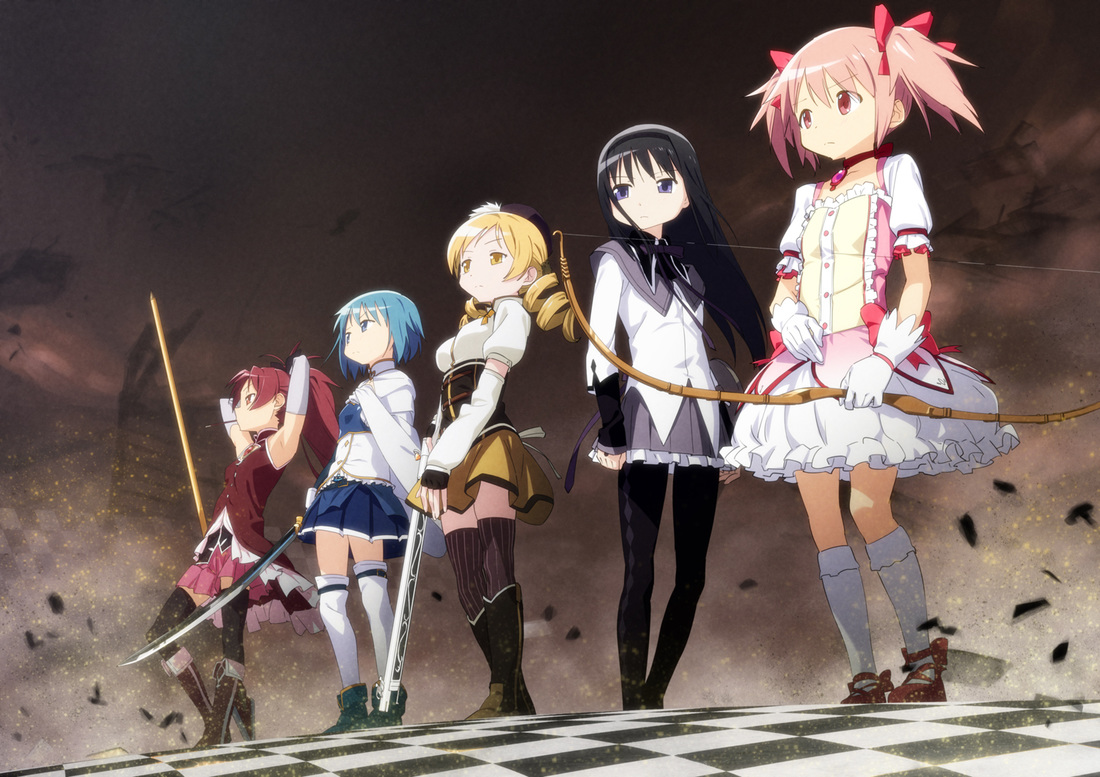
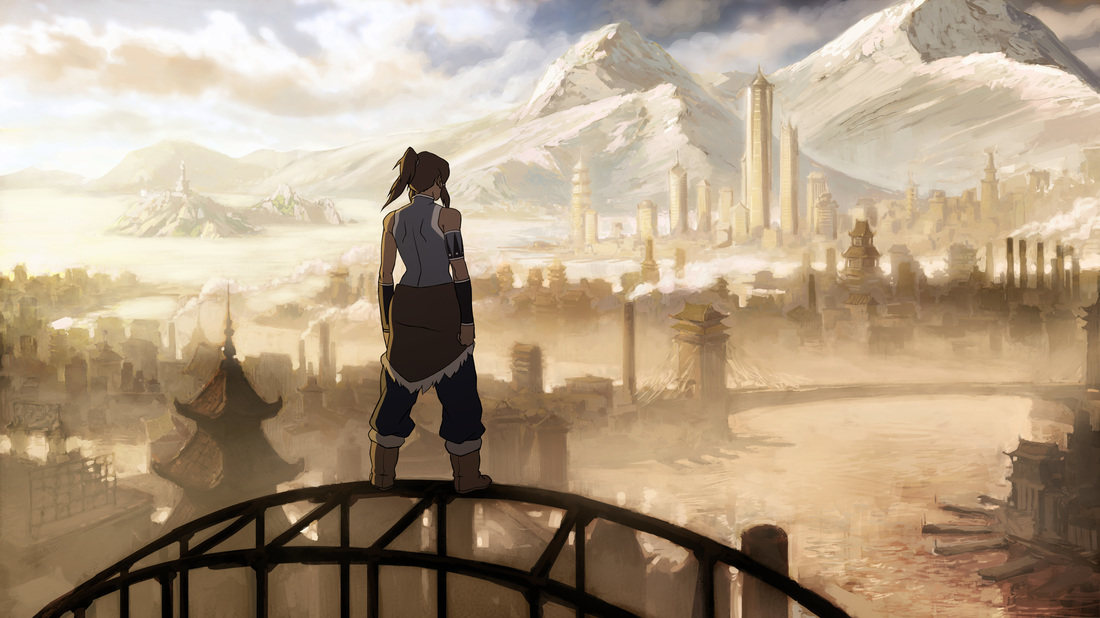
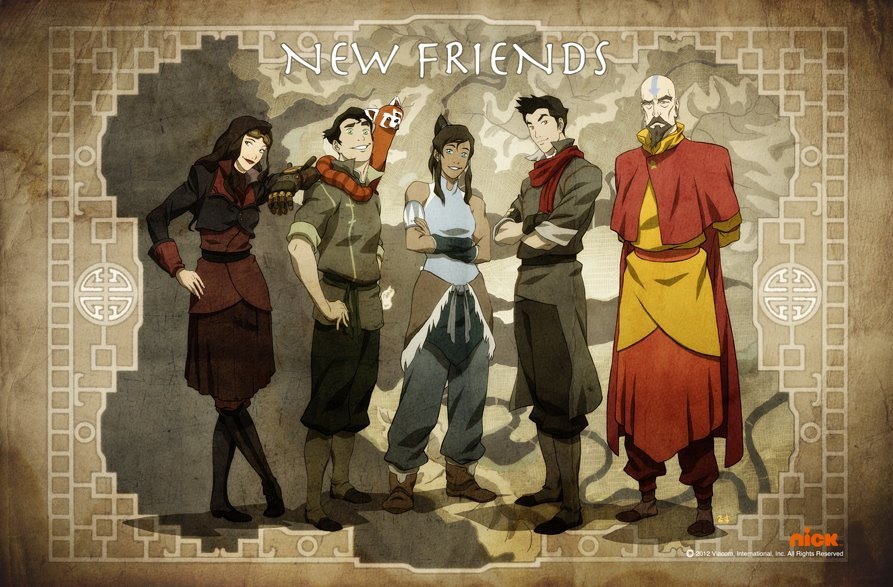
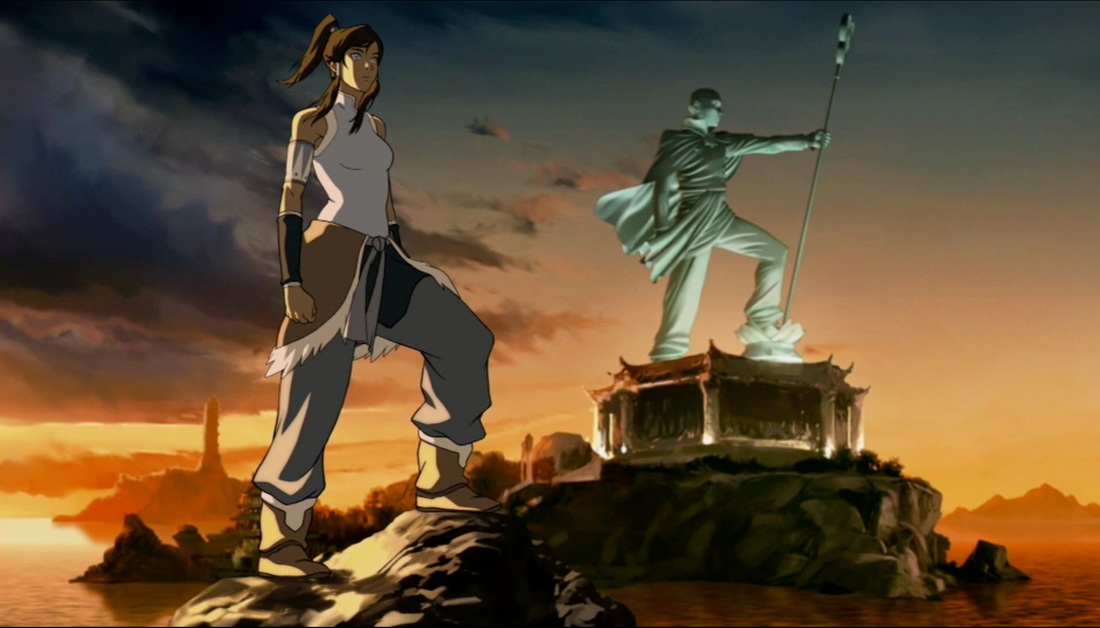
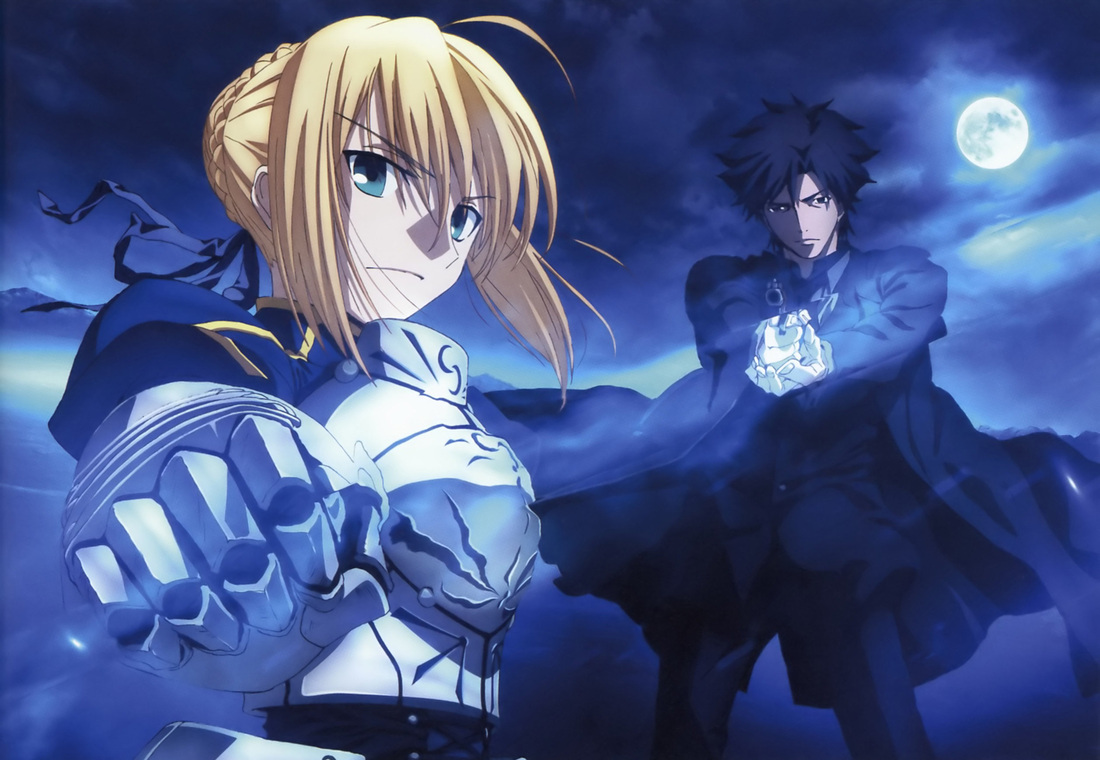
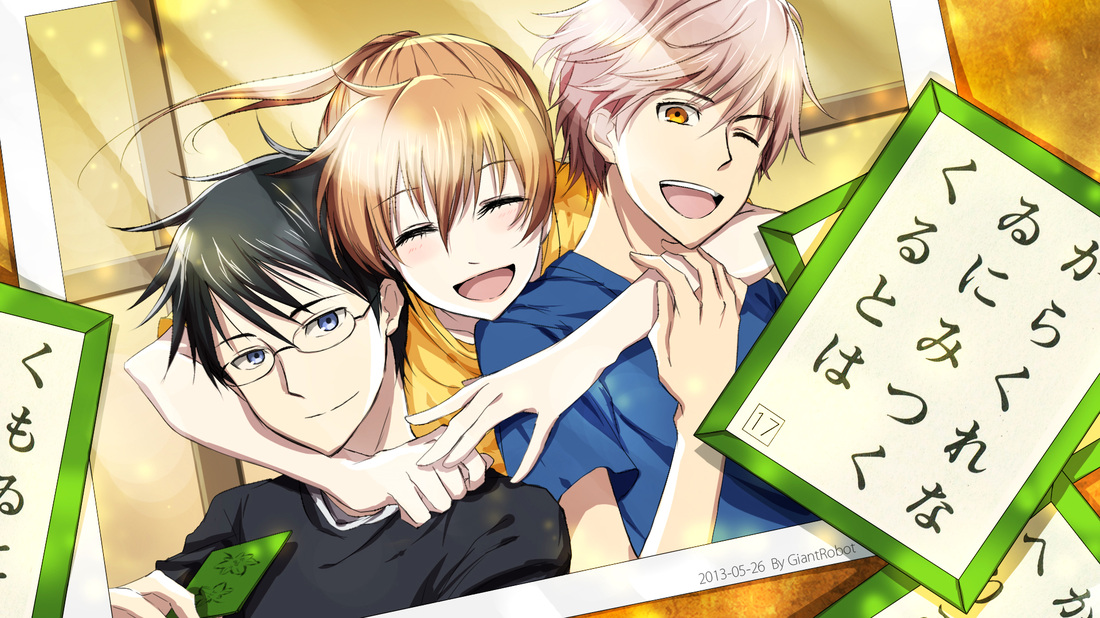
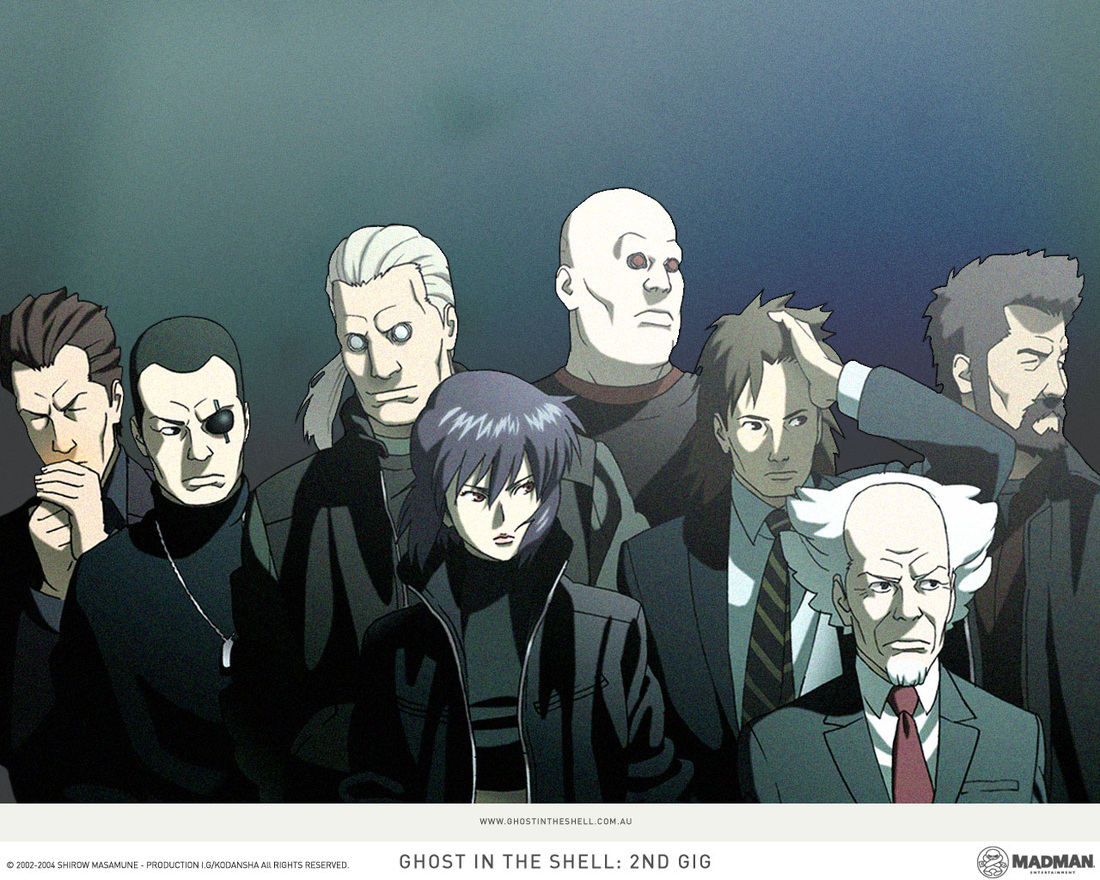
 RSS Feed
RSS Feed
